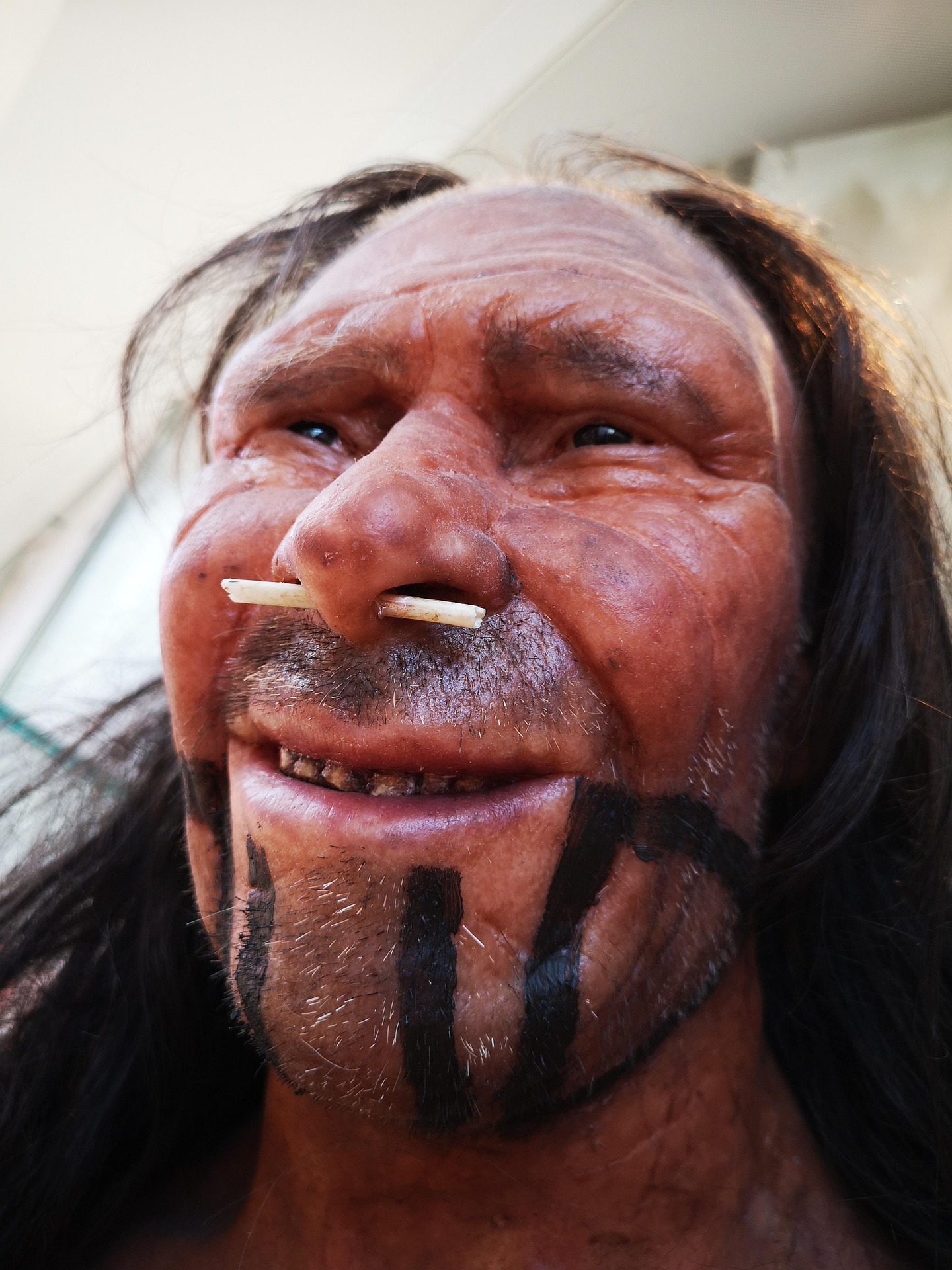Genes of ancients:
aDNA helps reconstruct the genomes of extinct species like Neanderthals and Denisovans. By comparing their DNA with modern humans, scientists can determine how closely related we are and identify genes that make us uniquely human.
Tracking genetic changes over time: aDNA reveals how genes have changed and evolved in response to environmental pressures, migrations, and other factors. For example, it has shown how humans adapted to different diets and climates.
Identifying beneficial mutations: aDNA can pinpoint genes that were advantageous in the past and may still play a role in human health and disease today. For instance, some Neanderthal-derived genes may have helped humans survive in colder climates.
Uncovering interbreeding events: aDNA has revealed that ancient humans, Neanderthals, and Denisovans interbred, exchanging genes. This has enriched the gene pool of modern humans and may have contributed to our adaptability.
Examples of insights from ancient genes:
Lactose tolerance: aDNA has shown that the gene for lactose tolerance, which allows adults to digest milk, evolved relatively recently in human populations that domesticated dairy animals.
High-altitude adaptation: aDNA from Tibetans has revealed genes that help them thrive in low-oxygen environments, such as those found at high altitudes.
Disease resistance: aDNA has identified genes that may have protected ancient humans from certain diseases, such as malaria.
Challenges and limitations:
DNA degradation: aDNA is often fragmented and damaged, making it difficult to extract and analyze.
Contamination: aDNA samples can be contaminated with DNA from other organisms, such as bacteria and fungi.
Ethical considerations: aDNA research raises ethical questions about the ownership and use of ancient remains and the potential for genetic discrimination.

